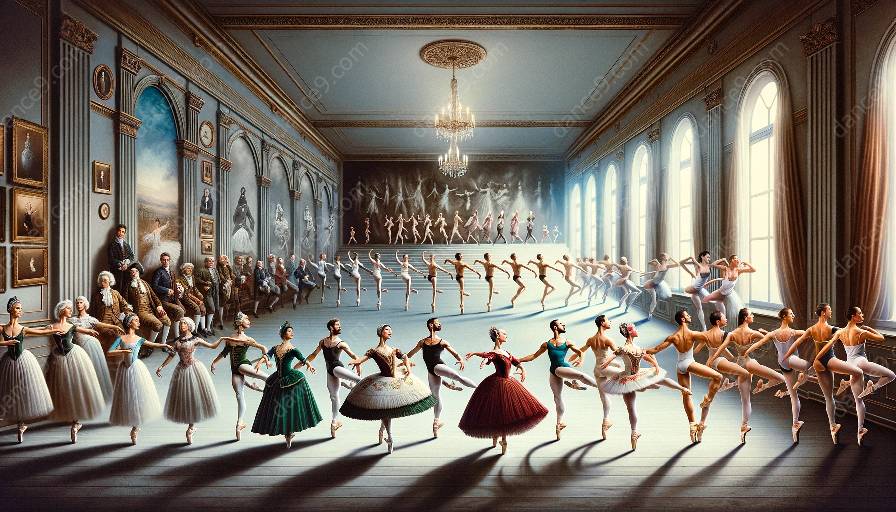Ballet, with its rich history and tradition, is not just an art form but a cultural heritage that has been passed down through the ages. The evolution of ballet techniques raises important moral and ethical considerations that impact its history and theory.
Preservation of Tradition
Preserving ballet techniques involves maintaining the integrity of traditional movements and styles that have been developed over centuries. This preservation is essential for honoring the legacy of ballet and ensuring that the original artistic vision is respected.
However, the ethical dilemma arises when considering whether the strict adherence to traditional techniques may stifle innovation and creativity. Ballet is an evolving art form, and there is a fine balance between preserving tradition and allowing for the organic growth of the art.
Accessibility and Inclusivity
Another ethical consideration in preserving ballet techniques is the need for accessibility and inclusivity. As ballet continues to evolve, there is a growing awareness of the importance of making the art form accessible to a wider and more diverse audience.
Efforts to preserve and evolve ballet techniques should consider how to make the art form more inclusive, breaking down barriers to participation and creating opportunities for individuals from all backgrounds to engage with ballet.
Health and Well-being
The physical demands of ballet techniques raise ethical considerations regarding the health and well-being of dancers. The rigorous training and performance expectations place significant strain on dancers' bodies, leading to potential injuries and long-term health issues.
Preserving and evolving ballet techniques must prioritize the physical and mental well-being of dancers, ensuring that they are supported with adequate resources, rest, and healthcare. Ethical guidelines for training and performance should be established to promote a sustainable and healthy environment for dancers.
Evolution and Innovation
As the art form of ballet continues to evolve, embracing new techniques and choreographic approaches, ethical considerations emerge around the balance between tradition and innovation. It is essential to recognize and respect the roots of ballet while also encouraging the exploration of new movement vocabularies and styles.
By acknowledging the historical context of ballet and the contributions of past masters, the ethical evolution of ballet techniques can honor tradition while fostering innovation and creativity. This delicate balance ensures that the art form remains relevant and dynamic for future generations.
Impact on Ballet History and Theory
The moral and ethical considerations in preserving and evolving ballet techniques have a profound impact on the history and theory of ballet. They shape the narrative of ballet's development, influence the interpretation of classical works, and guide the pedagogical approaches to training.
Furthermore, these considerations contribute to the ongoing discourse on ballet as a cultural practice, addressing questions of authenticity, representation, and artistic expression. By examining the ethical dimensions of ballet techniques, scholars and practitioners enrich their understanding of the art form and its significance within broader historical and cultural contexts.
Ultimately, the moral and ethical considerations in preserving and evolving ballet techniques are integral to the sustainability and relevance of the art form. By engaging in thoughtful dialogue and decision-making, the ballet community can navigate the complexities of tradition, innovation, inclusivity, and well-being, ensuring that ballet continues to thrive and inspire for generations to come.





























